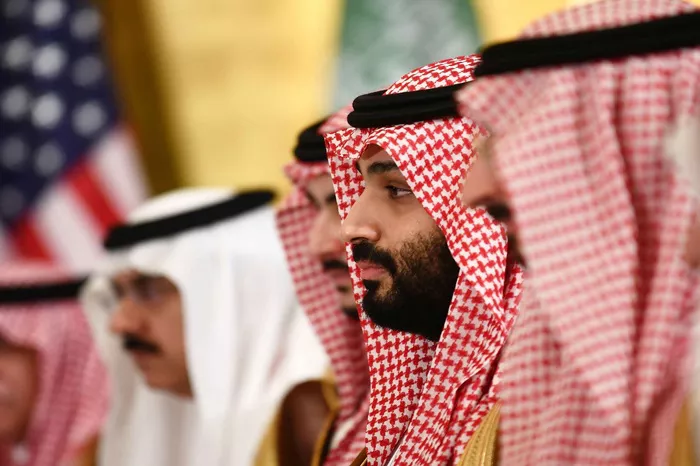Saudi Arabia is prepared to face short-term declines in oil prices and revenue as it pivots its policy to reclaim market share, moving away from its previous target of maintaining $100 per barrel.
As the world’s leading crude exporter and head of OPEC, Saudi Arabia, along with its allies in the OPEC+ coalition, has been restricting oil supply for over a year to stabilize the market and support prices. Initially, OPEC+ planned to begin easing some production cuts starting in October. However, after a significant drop in oil prices in late August and early September, the coalition postponed the unwinding of 2.2 million barrels per day (bpd) of cuts until December 2024.
This delay had minimal impact on oil prices, as the market had anticipated the move, particularly after OPEC revised its global oil demand growth projections downwards in August due to weaknesses observed in China.
In its September report, OPEC further reduced its demand growth outlook, contributing to ongoing pressure on oil prices and market sentiment. In just two months, concerns over demand have shifted traders’ and speculators’ outlook from bullish to the most bearish positioning in petroleum futures since 2011.
Despite prevailing weak market sentiment and uncertainty about the potential impact of recent Chinese stimulus on oil demand, sources indicate that Saudi Arabia is determined to begin unwinding production cuts effective December 1. This new approach suggests that the Kingdom is ready to accept a period of lower oil prices in exchange for regaining market share.
For over a year, Saudi Arabia has maintained crude production at approximately 9 million bpd, adhering strictly to this target. However, this strategy has resulted in a loss of market share, both to non-OPEC+ producers and other members within the OPEC+ group.
Saudi Arabia intented to boost production in December, oil prices experienced a sharp decline, falling over 3% in early European trading on Thursday.
Related topic:
Diesel Fuel vs Furnace Oil: What is the Difference?

